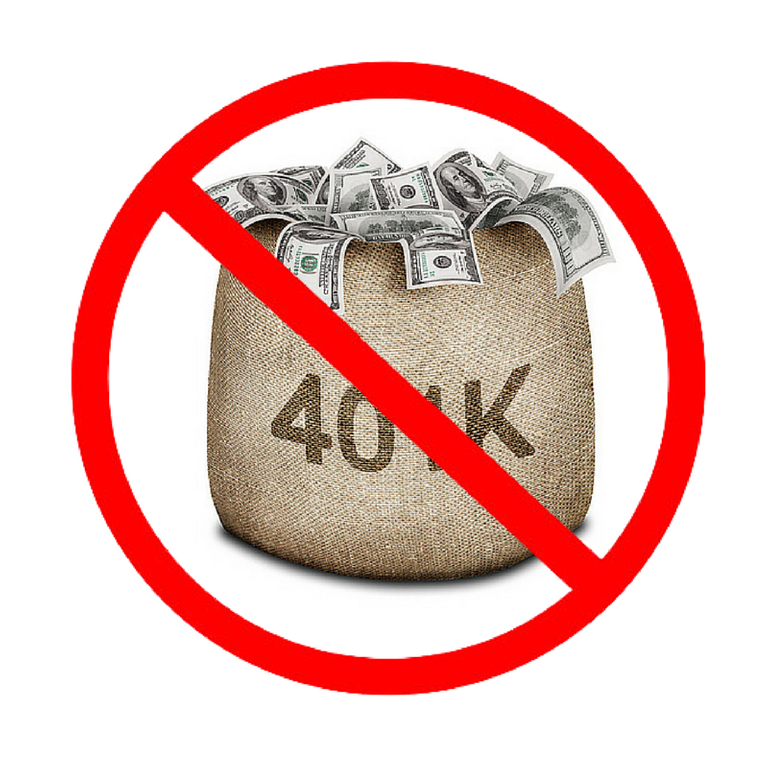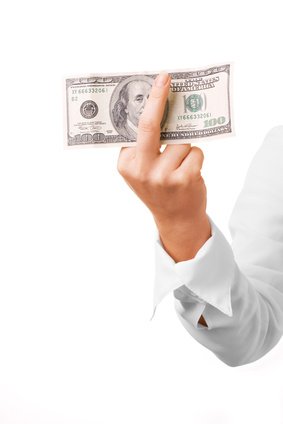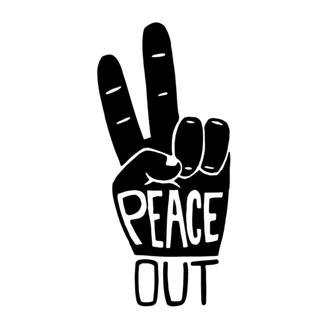Peace Out Money
Do you dread going into work every day? If so, it might be time to think about amassing piece out money. An alternative name for this fund is the “fuck you fund“. I’m defining peace out money as having enough money on hand to leave situations or jobs where you could technically stay, but you’re choosing not to because you’d rather do something else.
This will be the money you use to bridge yourself with to your next job or opportunity that you really want to pursue. first off, this is not taking about being financial independent (that’s a whole different beast). That topic is best left for another post.
This is talking about hanging enough money in a fund to make it so you are not dependent on your job in the short to medium time frames.
So now that we have talked about the what’s and why’s of a peace out money fund, let’s discuss the how to archive one. My assumption is not everyone one is not a millionaire or bringing in a six-figure salary. So realistically, this fund will take some time. Also, this should be a relatively liquid fund that can be withdrawn without penalty. This means don’t use your 401k!

I would recommend setting up either a savings/checking account or using a brokerage account to setup conservative portfolio. I personally have set up a brokerage account for my fund. I use Robinhood, but there are many great discount brokerage houses out there. My recommendation is to find a brokerage house that has minimal fees as these can drastically eat into your returns.
So let’s take a look at some examples and see how the math works out. Example 1, let’s put in 8$/day. That’s the equivalent of a fast food meal. Annually that’s $2,920 which is not to bad for not eating out for a meal.
Now let’s do some theoretical math. My assumptions are I will return 3.5% and have a 1% dividend. So at the end of year 1 I would expect to have $3,051.
Year 2 - $6,240
Year 3 - $9,572
Year 4 - $13,054
Year 5 - $16,693
Year 6 - $20,495
Year 7 - $24,469
Example 2, let’s put $20/day. Same assumptions as example 1 and now you get the following.
Year 1 - $7,628
Year 2 - $15,600
Year 3 - $23,930
Year 4 - $32,636
Year 5 - $41,733
Year 6 - $51,239
Year 7 - $61,174
With a conservative life style (mortgage, car payment, bills) you That estimate that your expenses would be around $2800/month. With those expenses Example 1 would get you about 8 months of buffer. Example 2 would afford you 21 months.
I believe if you’re truly unhappy eight months would be a sufficient amount of time defined an opportunity That would bring you happiness

